|
The OP
Published on 2020-3-18 21:46
Only look at the author
This post is from Automotive Electronics
Latest reply | ||
|
|
||
|
2
Published on 2020-3-19 10:41
Only look at the author
| |
|
|
|
|
|
|
|
3
Published on 2020-5-9 15:28
Only look at the author
|
|
|
|
|
|
|
4
Published on 2022-4-1 17:09
Only look at the author
| |
|
|
|
|
|
- 【Posts】Analysis of Typical Anti-Reverse Connection Circuits for Automotive Electronics
- 【Posts】Let's talk about the vehicle electronic reverse connection protection circuit again
- 【Posts】Are the battery overvoltage protection and anti-reverse connection circuits correct?
- 【Posts】Design of anti-reverse protection circuit-mps document
- 【Posts】Recruitment: Head of automotive lighting R&D, structural engineer, optical engineer, electronic engineer, 2 CAE engineers
- 【Posts】The Definitive Guide to Automotive Ethernet
- 【Posts】National Undergraduate Electronic Design Competition Paper Album
- 【Posts】Is it easy to find a job in the electronics industry in first-tier cities with a college degree?
- 【Download】Analysis of Synchronous Rectifier Self-driving Mode and Its Typical Rectification Circuit
- 【Download】RF Typical Circuit Analysis Lecture Notes
- 【Download】Analysis of Typical Application Circuits of 555 Time Base Circuit
- 【Download】MK_555 integrated circuit based on oscillation typical circuit analysis and improvement.PDF
- 【Download】Electronic Circuit Analysis and Design Donald A. Neamen Chinese Edition (Analog Circuit Part)
- 【Download】Electronic components failure analysis and typical cases.pdf
- 【Download】Typical job written test questions: 30 questions on basic concepts of microelectronics.
- 【Download】12. Typical applications of Renesas R7F0C series microcontrollers
- 【Design】#The5thLichuangElectronicDesignContest# Vehicle-mounted child anti-detention alarm system
- 【Design】Circuit Analysis 02-Research on Controlled Source Characteristics
- 【Design】Circuit Analysis 01-Volt-Ampere Characteristics Experiment
- 【Design】Circuit Analysis 00-Use of Common Simulation Instruments
- 【Design】TDA7388/7850 41w*4 four-channel amplifier module car amplifier
- 【Design】CAN network vehicle terminal based on STM32+Quectel EC20
- 【Circuits】Tips on preventing reverse connection of power supply
- 【Circuits】LM1872 (electronic toys and model vehicles) radio and infrared remote control receiving and decoding circuit - typical application circuit
- 【Circuits】Typical electronic volume control circuit
- 【Circuits】LM1871 (electronic toys and model vehicles) radio remote control transmission encoding circuit - typical application circuit
- 【Circuits】Typical electronic rodent killer circuit diagram
- 【Circuits】Typical self-biasing power amplifier stage circuit of electron tube
- 【Articles】Production of Car Laptop Power Supply and Analysis of Typical Circuits
- 【Articles】Analysis of overcurrent protection circuit of electric vehicle on-board charger
- 【Articles】Circuit Analysis: Two Typical Battery-Powered Circuit Designs
- 【Articles】Typical circuit analysis of medical dialysis equipment system design
- 【Articles】Automotive sensor bonding: New electronic adhesives promote the development of autonomous driving technology
- 【Articles】Comparative circuit analysis of two biasing methods for electron tubes
-
Let\'s talk about the vehicle electronic reverse connection protection circuit again
Regardingthereversebatteryprotectioncircuit,Ihavesummarizeditwithyoubefore.Pleasereferto:AnalysisofTypicalAnti-ReverseConnectionCircuitsforAutomotiveElectronicsAsmentionedinthepreviousarticle:Theadvantageofusingschottkydiodeisitsreversecurr ...
-
Electronic Circuit Analysis and Design: Analog Electronics (3rd Edition)
ProfessorDorlaidATsinghuaUniversityPressintroducedthesecondeditionofthisbookin2000,whichwaswelcomedbyteachersandstudentsofdomesticuniversitiesThefirstvolumeis"SemiconductorDevicesandTheirBasicApplications",includingChapters1to8oftheoriginal ...
-
Is there a common anode digital tube with the same package as ARK SR420361K?
Iwouldliketoasktheexperts,isthereacommonanodedigitaltubewiththesamepackageasARKSR420361K?Thankyou
- Bluetooth module parameters - transmit power, receive sensitivity, air rate, what equipment can be used to test these parameters more accurately...
- The headlight step-down chip already has a DIM enable terminal to control the on and off of the headlights, so why add a circuit to control the BAT+ supply...
- DSP2812 FIFO usage
- Getting Started with I2C on MSP MCUs
- Question sharing: What is the difference between AFE and battery monitor in battery management chip?
- Qorvo's Response to WiFi 6
- Making friends by disassembling - disassembling Joyoung soymilk maker AP-D09
EEWorld Datasheet Technical Support
-
"Cross-chip" quantum entanglement helps build more powerful quantum computing capabilities
IBM scientists have achieved "cross-chip" quantum entanglement - successfully entangled two "Eagl
-
Ultrasound patch can continuously and noninvasively monitor blood pressure
A research team at the University of California, San Diego, has developed an innovative wearable
-
Europe's three largest chip giants re-examine their supply chains
At the Electronica 2024 CEO Roundtable held just last week, the CEOs of three chip giants, Infine
- It is reported that Kioxia will be approved for listing as early as tomorrow, and its market value is expected to reach 750 billion yen
- The US government finalizes a $1.5 billion CHIPS Act subsidy to GlobalFoundries to support the latter's expansion of production capacity in the US
- SK Hynix announces mass production of the world's highest 321-layer 1Tb TLC 4D NAND flash memory, plans to ship it in the first half of 2025
- UWB is a new way to use it in cars. Can wireless BMS also use it?
- Filling the domestic gap! China Mobile, Huawei and others jointly released the first GSE DPU chip
- Samsung Electronics NRD-K Semiconductor R&D Complex to import ASML High NA EUV lithography equipment
- Apple reveals the secret of its own chip success: competitors can't use the latest cutting-edge technology
- Problems with STM32 and passive buzzer playing sound
- Embedded Tutorial_DSP Technology_DSP Experiment Box Operation Tutorial: 2-28 Building a Lightweight WEB Server Experiment
- OPA847IDBVR op amp domestic replacement
- AG32VF407 Test UART
- [Digi-Key Follow Me Issue 2] Chapter 1: Sharing on receiving the goods
- What model is this infrared receiver? Which model can be used instead? Thank you
- Selling brand new unopened ZYNQ 7Z020 FPGA core board
- The LORA module used in the lithium battery-powered water meter setting can save energy when 100 water meters are installed in one corridor.
- I would like to ask, when a port is set to RX0, is it necessary to set the input and output direction of this port?
- Why is this year so difficult? It’s even more difficult than during the pandemic. I’m 30 and facing unemployment. I’m so confused.
- Ask about the voltage regulator test question
- [Xiaohua HC32F448 Review] About Xiaohua Semiconductor's UART interrupt sending and PRINTF construction and redirection
- 【BIGTREETECH PI development board】 HDMI output test
- 【BIGTREETECH PI development board】+08. Audio test (zmj)
- [Xiaohua HC32F448 Review] +RTC electronic clock
- 有奖直播报名| 高可靠性IGBT新选择 —— 安世半导体650V IGBT
- 【直播时间】12月19日(周四)下午15:00-16:30
【直播好礼】定制双肩商务包、30元京东卡、吸管玻璃杯
- 安世半导体直播报名中
- 直播主题:安世半导体理想二极管与负载开关,保障物联网应用的稳健高效运行
直播时间:12月17日(周二)下午14:00
报名就有机会获得:定制双肩商务包、30元京东卡、吸管玻璃杯
- PI 电源小课堂 | 无 DC-DC 变换实现多路高精度输出反激电源
- 时间:即日起-12月15日
看视频学习电源干货,答题赢取京东卡!
- 参会有好礼 | 2024 瑞萨电子MCU/MPU工业技术研讨会
- 深圳站:11月30日(周六)深圳湾万怡酒店
上海站:12月06日(周五)上海喜玛拉雅酒店
奖励设置:现金红包、螺丝刀套装或30元京东卡
- Littelfuse 新品赋能电子产品安全可靠并高效, 10+挑战等你探索!
- Littelfuse 应用赋能星球,覆盖了诸多应用痛点及解决办法,邀请工程师一起探索,解锁更多设计力!
- 下载资料赢好礼!看Vicor模块化电源解决方案如何推动创新
- 活动时间:即日起-2024年12月31日
如何参与:点击活动页内您想了解的模块,找到资料下载即可参与抽奖,活动结束后统一发奖!
- 有奖活动|英飞凌高密度双相电源模块为高性能运算平台而生
- 活动时间:即日起-12月15日
活动奖励:蓝牙音箱、氮化镓充电器套装、黑色小背包
- 本周精选下载推荐:电源管理基础Dummies
- 本周小编给大家带来一本超简单、超干货的电子书——《电源管理基础Dummies》!内容深入浅出,排版舒服简洁,分分钟能get到电源管理最核心的知识内容。
EEWorld
subscription
account

EEWorld
service
account

Automotive
development
circle

About Us Customer Service Contact Information Datasheet Sitemap LatestNews
- I want to get started with AVR microcontroller programming, what should I do?
- I want to get started with SMT video quickly, what should I do?
- Please recommend some introductory tutorials on smt programming
- For the introduction of keil microcontroller programming, please give a learning outline
- Please give a learning outline for the basic introduction of graph neural network
- How to get started with Java machine learning engineering
- What is the best textbook for getting started with machine learning?
- How to learn how to repair robots
- Ranking of domestic FPGA chip manufacturers
- esp32 pinout diagram with detailed explanation what's wrong?


 Room 1530, Zhongguancun MOOC Times Building,
Block B, 18 Zhongguancun Street, Haidian District,
Beijing 100190, China
Tel:(010)82350740
Postcode:100190
Room 1530, Zhongguancun MOOC Times Building,
Block B, 18 Zhongguancun Street, Haidian District,
Beijing 100190, China
Tel:(010)82350740
Postcode:100190
 京公网安备 11010802033920号
京公网安备 11010802033920号


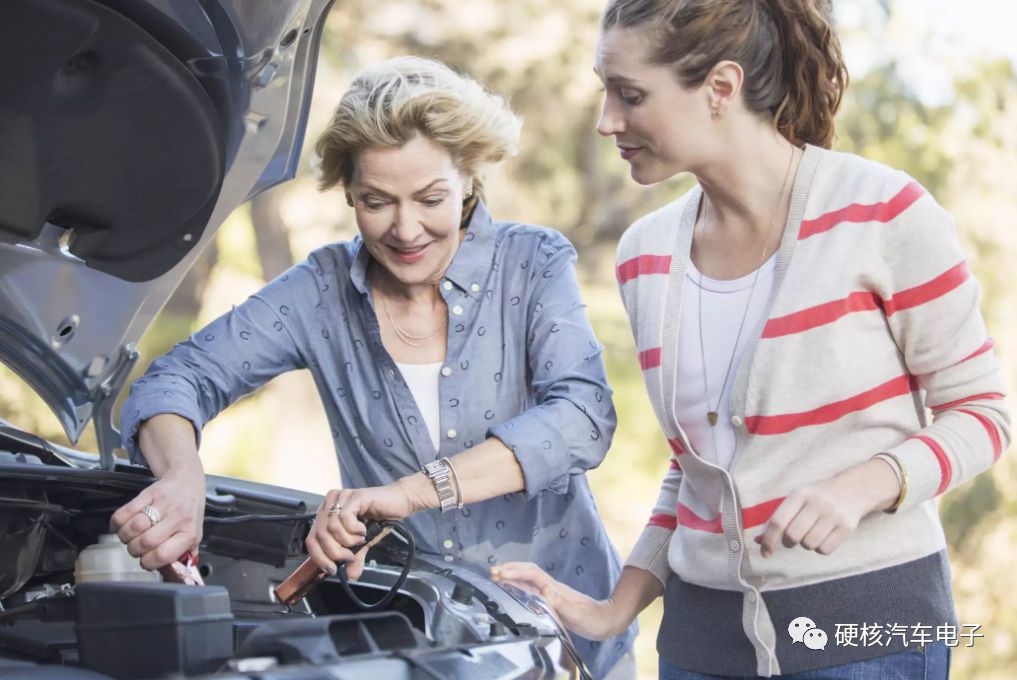
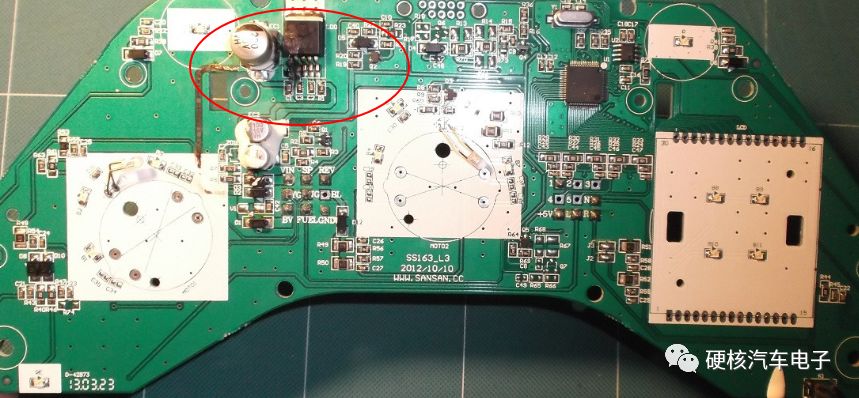



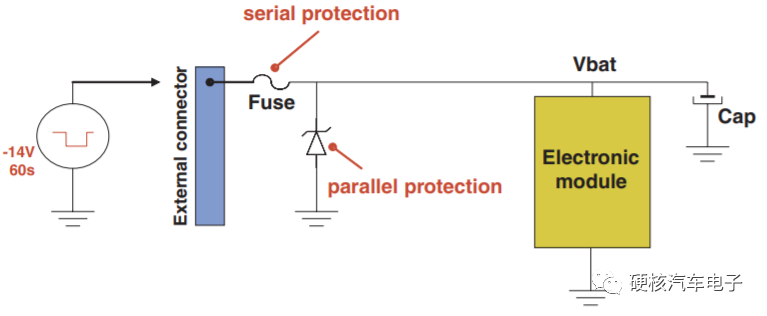
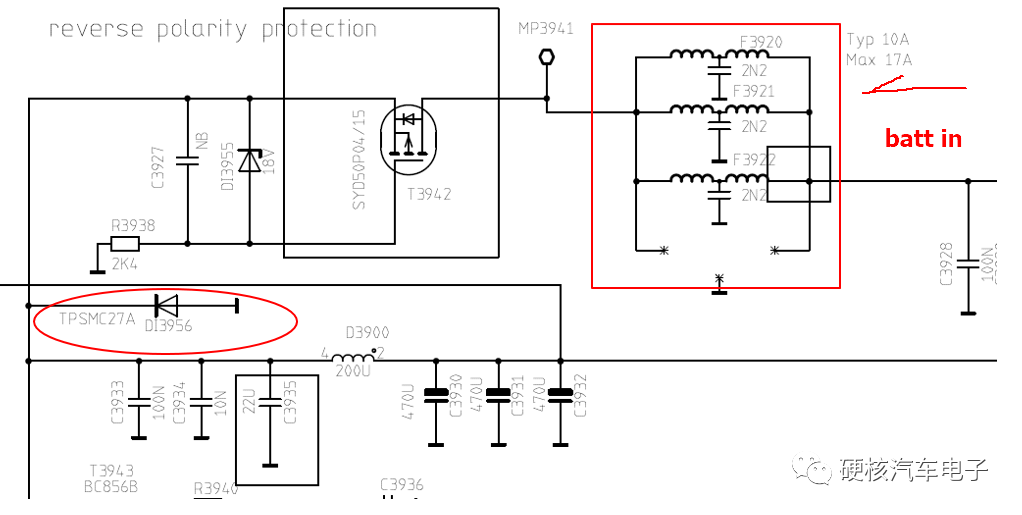
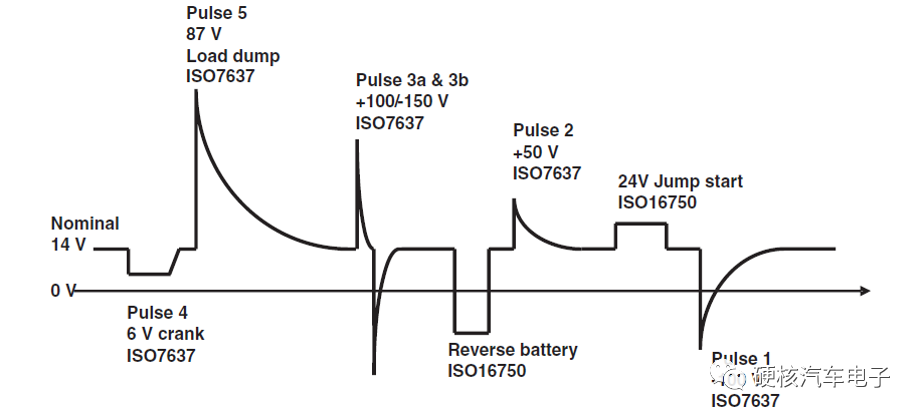



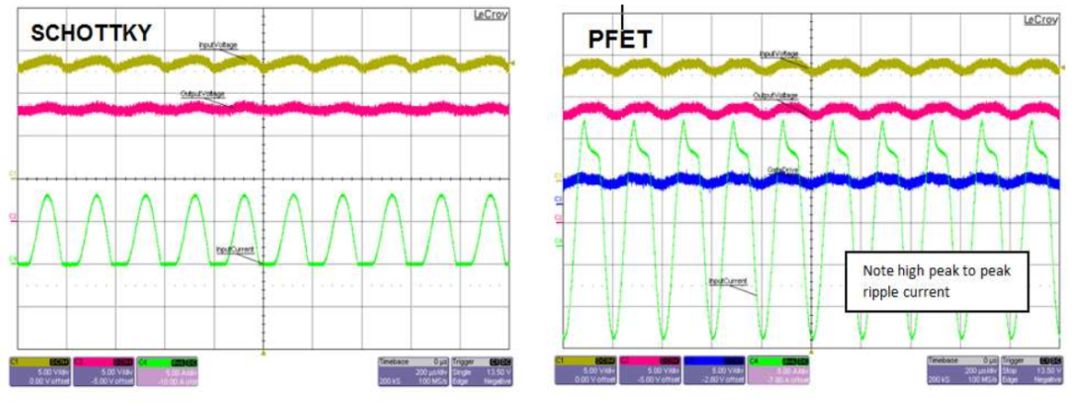

 提升卡
提升卡 变色卡
变色卡 千斤顶
千斤顶